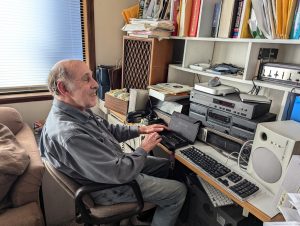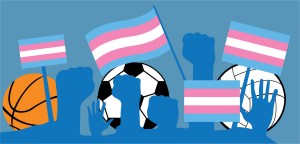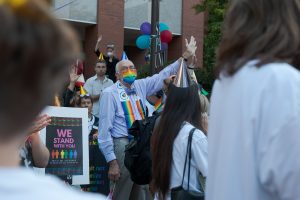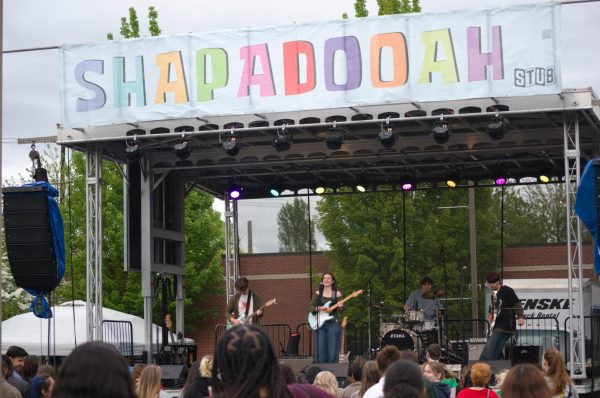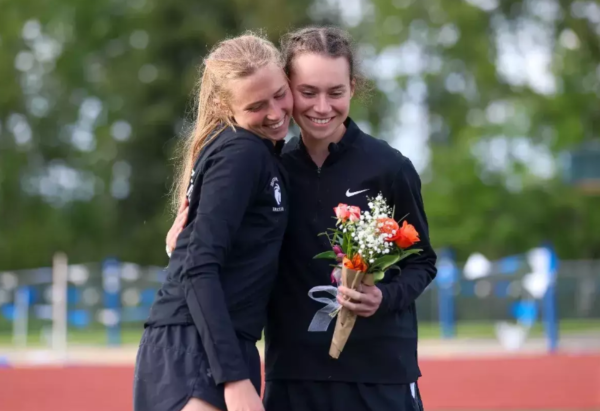Editorial Comment: Momentary support is not enough to stop police brutality
Subheader: Calling for mentality shifts instead of spotlighting BLM protests
June 10, 2020
Across the nation and across the globe, something is spreading almost as rapidly and is as potent as COVID-19. But this time, there is a cry for the world to wake up from a recurring societal nightmare.
A little over two weeks ago, George Floyd was suffocated by the officers who swore to protect him when he was stopped. This murder relit the nation’s awareness of police brutality and the experiences of Black lives, prompting protests all over the United States and in 17 other countries like Germany, Italy, and France. Protests have spread across the globe.
With social media movements like #blacklivesmatter and #blackouttuesday trending, businesses and people of privileged, white backgrounds have intentionally made spaces to listen to less-privileged, black voices be heard.
There has been demonstrations and artwork, like a mural in Austin dedicated to George Floyd, remembering the unending list of black citizens who have been murder by police brutality and a cry for justice in the case of George Floyd. Yet with numerous of organizations fighting for racial equality, there seems to be a sense of déjà vu.
This is not the first time protests like this have happened in the last decade, so how much has actually changed?
Here are some of the names of those lost to police brutality just six short years ago, the last time such widespread protesting against police brutality took the spotlight:
Dontre Hamilton April 30, 2014
Eric Garner July 17, 2014.
John Crawford III August 5, 2014.
Michael Brown Jr. August 9, 2014.
Ezel Ford August 11, 2014.
Dante Parker August 12, 2014.
Tanisha Anderson November 13, 2014.
Tamir Rice November 22, 2014.
Rumain Brisbon December 2, 2014.
Jermane Reid December 30, 2014.
Tony Robinson March 6, 2015.
Phillip White March 31, 2015.
Eric Harris April 2, 2015.
Walter Scott April 4, 2015.
Freddie Gray April 19, 2015
Between April 2014 and April 2015, in just 354 days, fifteen men, women and children were killed during interactions with the police and none of them were armed. All of them were Black.
This is only one year’s worth of names, and the list did not end with Freddie Gray.
These stories and lives were cut short by officers who deemed their skin color dangerous and required deadly force of action to keep them “detained.” As George Floyd is added to this list of black people killed by police brutality, we have to remember that 223 African Americans were shot to death by officers in 2017, 209 in 2018, 235 in 2019, and, as of June 4th, 88 African Americans in 2020.
The protests, unrest and cries for Black lives did not start with George Floyd, or Michael Brown Jr., or John Crawford III, and they certainly have not ended there either.
Right now, when many people are taking the opportunity to educate themselves, through podcasts, books and discussions that include diverse voices on racial injustice and violence, it is easy to say that we are making progress. But when the spotlight fades, society starts phasing back into “normal” life and the powerful reestablish their places of comfort, then what happens?
The nation can continue to cry out, just like it did with the families of Eric Garner, Tamir Rice and Michael Brown Jr. in 2014, but, more importantly, the nation can choose to use this brokenness and force something good from it.
Let us, the privileged, make sure that we do not stop searching for justice once the protests stop. Let the momentum that the protests naturally build and use it to inform the legislature, the interactions held between friends, neighbors, strangers and fellow human beings.
Don’t let Floyd’s cry, “I can’t breathe!” be the final words.
















































































